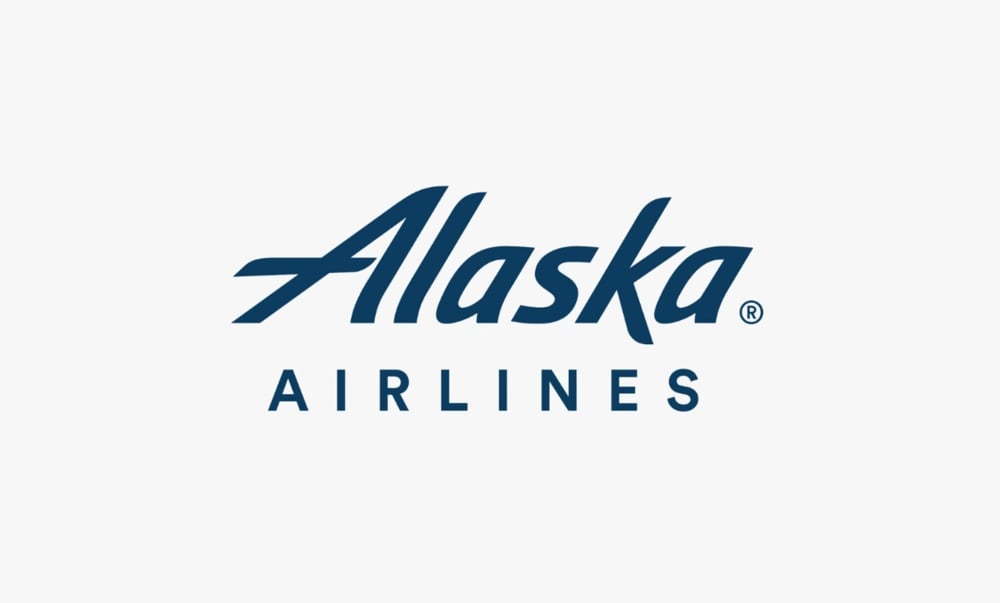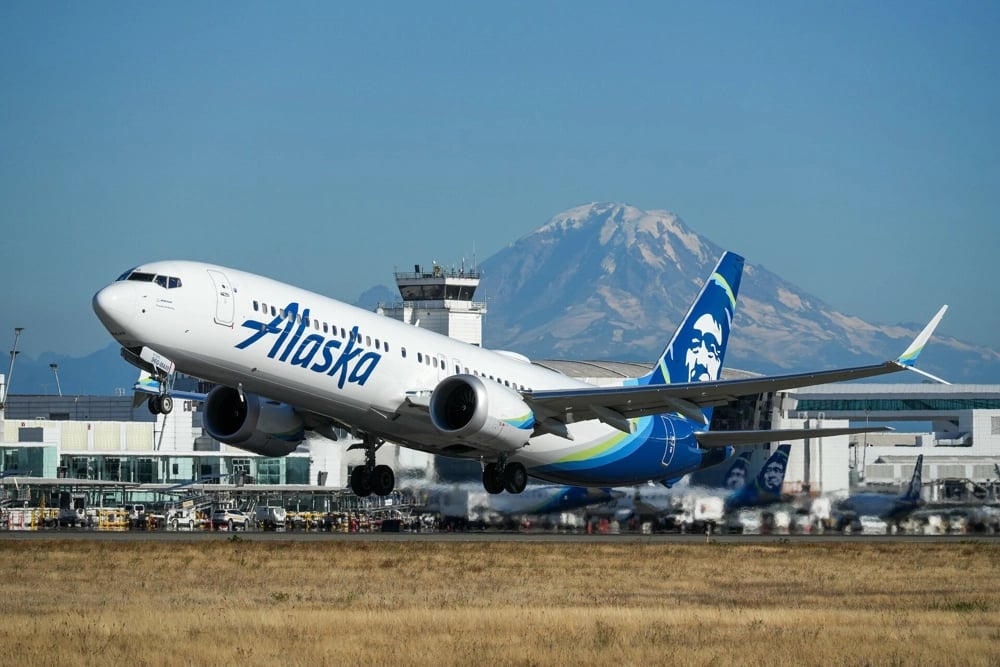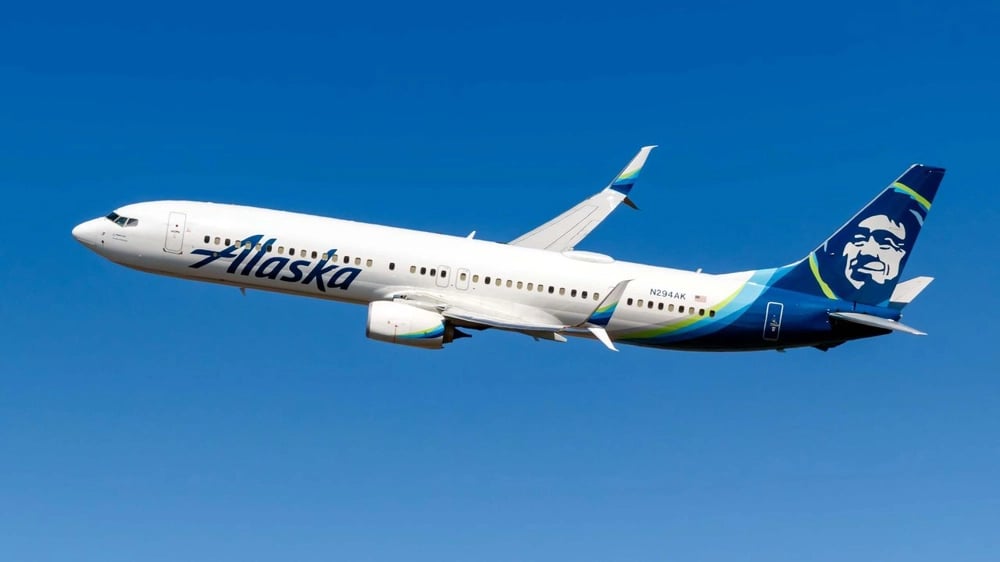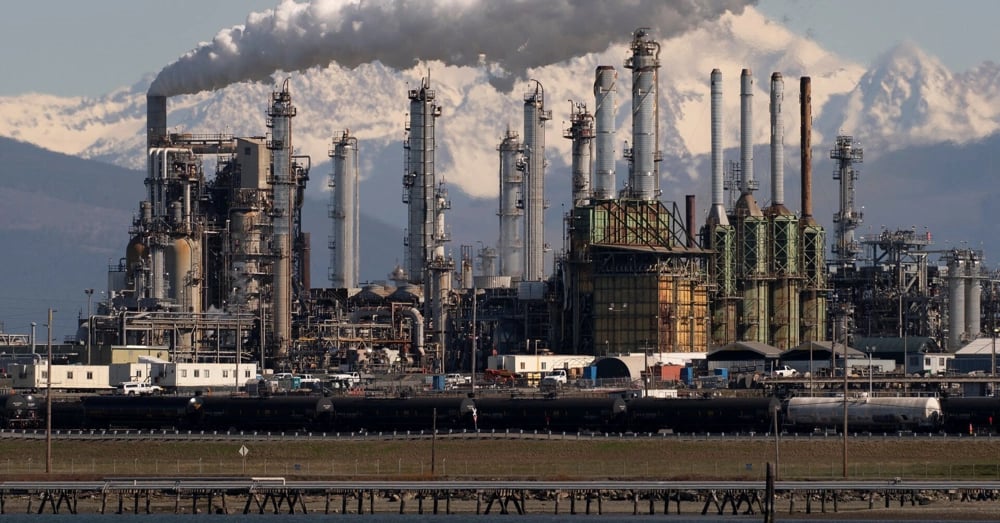Alaska Air Group Navigates Prolonged Low Domestic Airfares Amid Industry Overcapacity
Alaska Air Group Inc. $ALK faces persistent pressure on domestic airfares as excess capacity continues to outpace travel demand across the US aviation sector. CEO Ben Minicucci recently stated that the anticipated recovery in fares has not materialized, a sentiment echoed during the International Air Transport Association (IATA) Summit in New Delhi. The competitive landscape, intensified by an industry-wide surplus of available seats, has led to compressed ticket prices and weakened unit revenue — a critical profitability metric expressed as revenue per available seat mile (RASM).
Industry-Wide Overcapacity and Its Consequences
The prolonged disconnect between supply and demand remains central to the fare dilemma. Airlines, including Alaska Air, have maintained or expanded capacity in anticipation of post-pandemic recovery, but the surge in available flights has outstripped actual passenger traffic. This misalignment forces carriers to retain low pricing to fill seats, directly impacting yield optimization and revenue growth.

Profitability Outlook for Alaska Air Group
Despite these challenges, Alaska Air maintains a positive profitability outlook for 2025. Management forecasts consistent earnings performance, underpinned by operational discipline and cost management initiatives. Nevertheless, Alaska’s relative overexposure to competitive routes has magnified the impact of subdued pricing, making precise capacity alignment increasingly critical for financial performance.
Sector Developments Influencing Recovery Trajectory
Route Adjustments by Carriers. Several major airlines have started recalibrating capacity, aiming to balance supply more closely with actual demand, which could prompt fare stabilization in the later part of the year.
Demand Elasticity and Consumer Behavior. Persistently low fares have supported leisure travel volumes but have constrained carriers' ability to raise prices in the short term, weighing on overall sector profitability.
Yield Recovery Prospects. The anticipated rationalization of industry seat supply is expected to contribute to gradual fare improvements moving into the fourth quarter, as operators adapt to prevailing demand patterns.
Revenue Management and Competitive Strategy. Advanced pricing strategies and dynamic seat allocation are poised to gain relevance, with carriers leveraging data analytics to further optimize yields amid volatile conditions.

Medium-Term Projections for Airfare Trends
Looking ahead, Alaska Air views the situation as transitional. According to Minicucci, meaningful enhancement of pricing power should become evident by Q4 2025 as carriers collectively fine-tune network schedules and restore discipline in capacity deployment. Sustainable improvement in ticket prices and unit revenue is likely contingent on industry-wide commitment to curbing overcapacity and pivoting toward demand-focused growth.















Comments